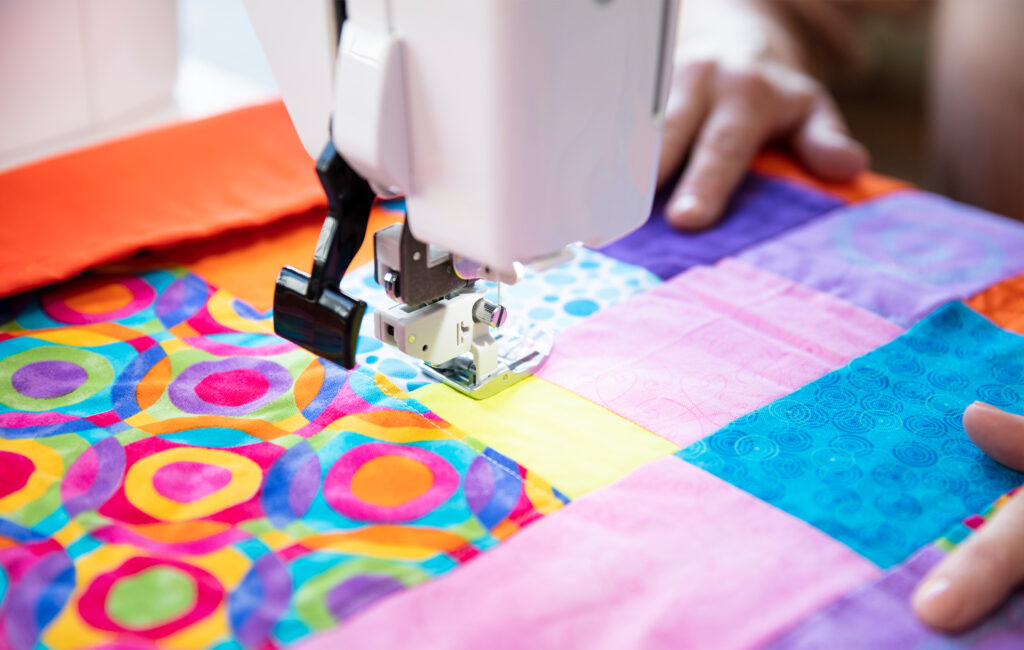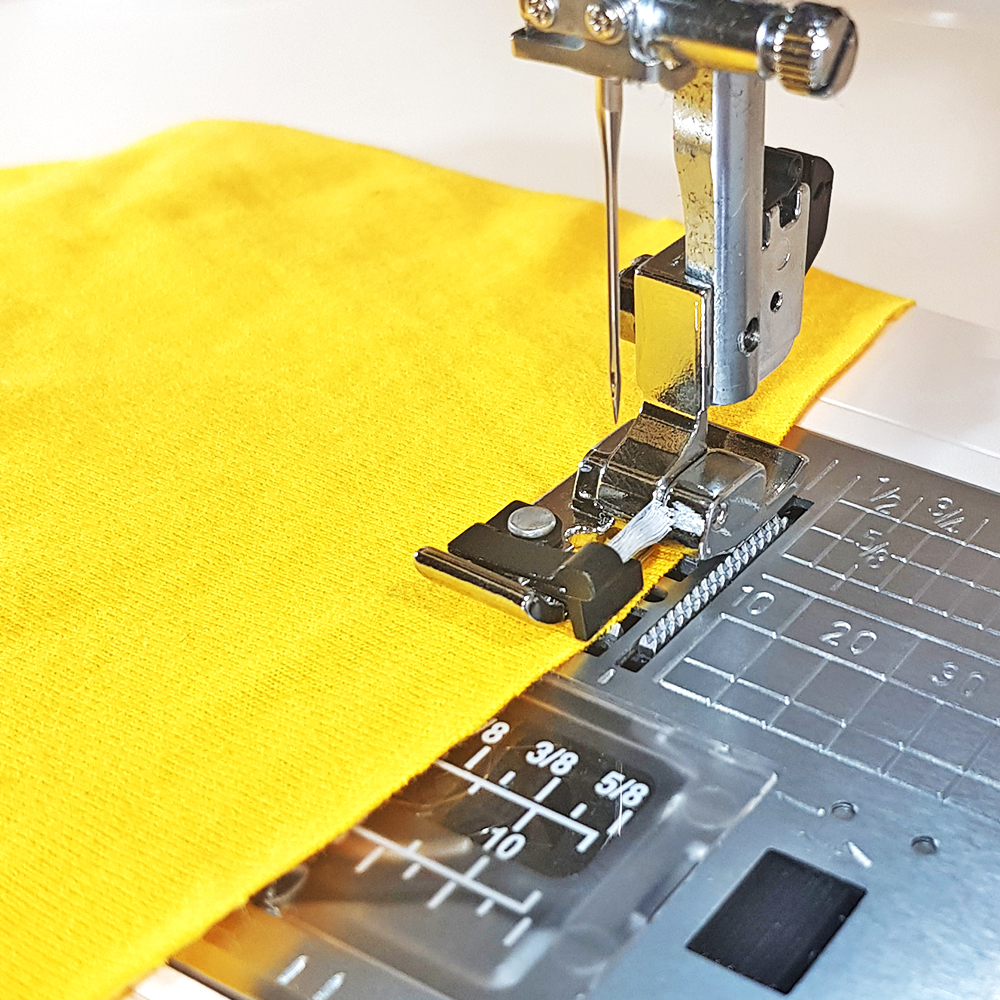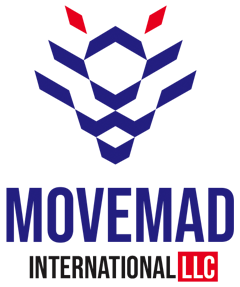This is our story
About Movemad International
There is no better manufacturer than movemad clothes when it comes to customised clothes production and catering to intricate customer designs. Our company is dedicated to providing the greatest custom-made apparel to all of its customers globally.
Movemad Internationalis a one-of-a-kind garment maker that offers limitless customisation options to clothing companies all over the world. We provide customisation on nearly every fabric, design, and pattern.
From custom shirts to custom sweatshirts, texture handling to complex sublimation printing to custom shorts, we offer pretty much any type of customisation option that a clothing brand requires to be unique and fashionable. You name it, and we have it.
Aside from structuring, our administration scope includes virtually everything you may require to create your accumulating.
Serving the Industry for Over a Decade
Movemad International has been producing high-quality apparel in Sialkot, Pakistan, for over a decade and has a customer base of over 3000 people. Movemad International ships to customers all around the world and offers printing on blank shirts to customers in the United States for promotional campaigns and work
How Did We Begin?
The company began as a flagship project in a small room with a team of four employees under the trade name Movemad International. The basic goal was to assist international clients by providing them with the greatest option for doing business abroad.
Our Purpose
Our objective is to be a trustworthy and dependable source for worldwide clothing brands by offering on-demand customisation for their apparel line. So far, we have completed our mission. In recent years, we have become our clients’ preferred first choice.
We also hope to boost demand for local items on the international market. We sincerely believe in the potential of our goods and the services we provide to global clients.


OUR VISION
Movemad International aim is to give the most excellent quality artistry with our garment care strategy in order to be the best.
To keep our employees and customers happy, we seek to make this feasible under entirely sweatshop-free manufacturing conditions. Our number one aim is to build a content organisation and client base.
“Our fabrics, woven with quality and crafted with care, bring your visions to life.”

OUR PROCESS
Our process begins with the belief that smart dressing allows you to emerge and make an enduring first connection.
This core principle guides how we operate our organisation, collaborate with our partners, and interact with our customers.
Movemad International uses excellent ideas and processes to provide you with the best customization possibilities for your apparel because everyone has the right to fit right in.
Fabric Manufacturing Process
- Design Development: The first step is to develop the design concept. This can involve creating sketches, digital illustrations, or using design software to visualize the desired design.
2. Pattern Making: Once the design concept is finalized, a pattern is created. Pattern making involves transferring the design onto pattern paper or digital software to define the shape and dimensions of each fabric piece.
3. Fabric Selection: The appropriate fabric is selected based on the design requirements, taking into account factors such as texture, weight, drape, and color. The fabric should be suitable for the desired design and cutting techniques.
4. Fabric Layout: The pattern pieces are laid out on the fabric, taking into consideration factors such as grainline, pattern matching, and fabric efficiency. This step ensures that the pattern pieces are arranged in the most efficient way to minimize waste.
5. Marking and Tracing: Once the pattern pieces are laid out on the fabric, they are marked or traced onto the fabric using various methods. This can be done with tools such as chalk, fabric markers, or tracing paper and a tracing wheel.
6. Cutting: After the pattern pieces are marked or traced onto the fabric, the fabric is cut along the outlines of the pattern pieces. This can be done using fabric scissors, rotary cutters, or automated cutting machines, depending on the scale of production.
7. Notching and Marking: Notches or small marks are made on the fabric edges to indicate matching points or seam allowances. Other relevant markings, such as grainline arrows, fold lines, or pocket placements, may also be added to facilitate the assembly process.
8. Quality Control: Throughout the cutting process, quality control checks are performed to ensure accuracy and precision. This includes checking the alignment of pattern pieces, verifying measurements, and inspecting the cut fabric for any defects or flaws.
9. Bundling and Labeling: Once the fabric pieces are cut, they are sorted and bundled together based on size, style, or garment component. Each bundle is labeled with relevant information such as garment size, style number, and quantity.
10. Forwarding to Sewing: The cut fabric pieces are then forwarded to the sewing department for assembly. They are organized and distributed to the appropriate sewing workstations or production lines for the construction of garments or textile products.

